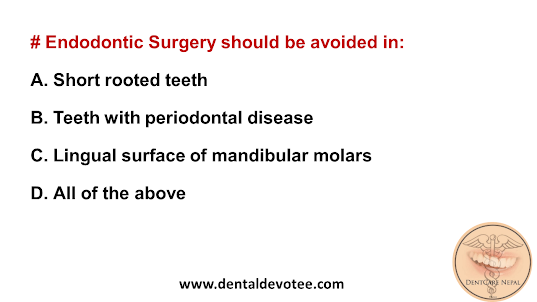# A young man of 24 years is suffering from Generalized Anxiety Disorder; which drug may be preferred for his problem?
a. Zolpidem
b. Buspirone
c. Midazolam
d. Triazolam
e. Phenobarbital
The correct answer is B. Buspirone.
Buspirone is the first azapirone, a new class of antianxiety drugs, distinctly different from
Benzodiazepines.
Buspirone:
• Does not produce significant sedation or cognitive/functional impairment.
• Does not interact with BZD receptor or modify GABAergic transmission.
• Does not produce tolerance or physical dependence.
• Does not suppress BZD or barbiturate withdrawal syndrome.
• Has no muscle relaxant or anticonvulsant activity.
Buspirone relieves mild-to-moderate generalized anxiety, but is ineffective in severe cases, in those showing panic reaction and in OCD.
Though most patients on buspirone remain alert, those operating machinery/motor vehicles should be cautioned.
Dose: 5–15 mg OD–TDS:


















































